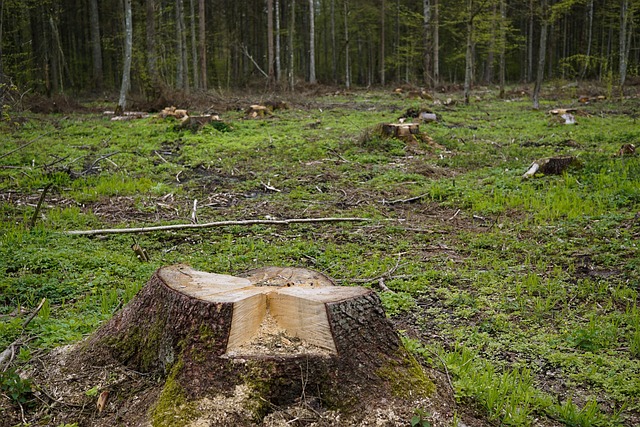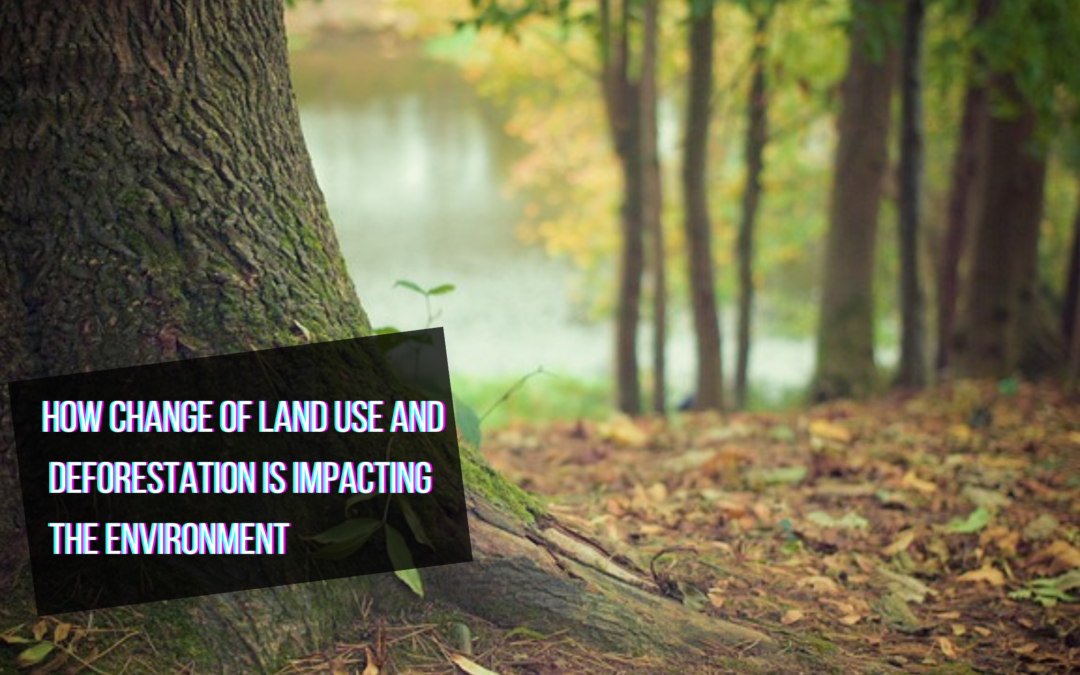We are at that point in time where many people are experiencing the effects of climate change in their everyday life. The effects of global warming such as loss of biodiversity, changes in weather, droughts, and floods are becoming more evident. The world is getting hotter, and floods and fires are becoming more frequent and devastating. The time to make a change in how we handle environmental issues is now and it will require all the global efforts to be channeled toward embracing frameworks that lead to improved ways of managing the environment.
The rate of greenhouse gas emissions is rising, leading to rising atmospheric temperatures. Measures aimed at reducing emissions must be adopted by the entire planet to mitigate the effects of catastrophic climate change. It will take ages for heat to be removed from the oceans as ocean heat is a significant contributor to weather conditions. Extreme weather events that wreak havoc on the environment will likely continue if nothing is done to help lower atmospheric gases.
Managing Climate Change
The levels of atmospheric carbon dioxide gas have been on the rise at 2 parts per million (ppm) each year. This is considered a massive increase in atmospheric gas per year since the signing of the Paris Agreement. This is a clear indicator that many countries are still far from meeting their commitments to carbon gas reduction and some could be even ignoring their obligation. The world is facing a serious climate emergency and with the continuing rates, we could be getting close to 500 ppm of atmospheric carbon emissions.
Administrations should transition to renewable energy with haste. The clearing of forests to be used as farmlands should stop, and great effort should be made towards withdrawing carbon dioxide gas from the atmosphere so as to attain the preindustrial level of 280 ppm.

Importance of Embracing regenerative Agriculture
Regenerative agriculture is a way of farming that is based on a range of practices. Some of the practices entail the use of photosynthesis of plants to capture carbon dioxide gas from the atmosphere and store them in the soil or soil organic matter. The soil has the potential to hold almost three times the amount of carbon of forests, plants, and the atmosphere combined. There are various farming systems that, if well adopted, have the potential of sequestering carbon dioxide from the atmosphere which then gets converted into soil organic matter.
Soil carbon sequestration leads to improved soil biology and microbiome. Regenerative practices such as the planting of cover crops, no-till, and pasture cropping (amongst others) help with improving carbon sequestration and soil health. Regenerative agricultural practices such as pasture cropping and cover cropping are gradually changing conventional ways of weed management. Plants diversity also helps to build soil resilience and increases crop yields.
Shifting from conventional farming practices to regenerative agriculture has the potential of improving the environment and preserving it for future generations. Learn more on how to improve the environment Visit our EAT Community.


Recent Comments